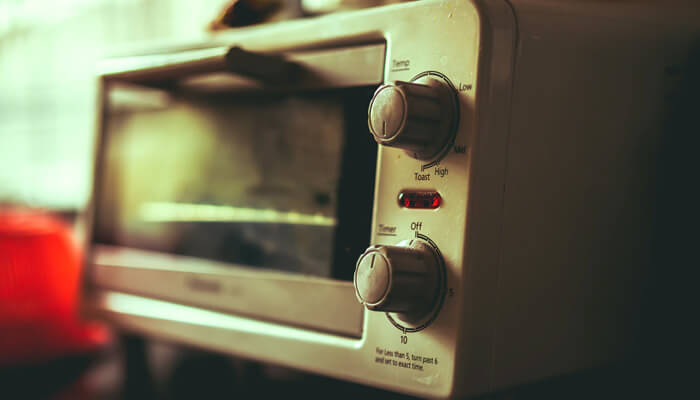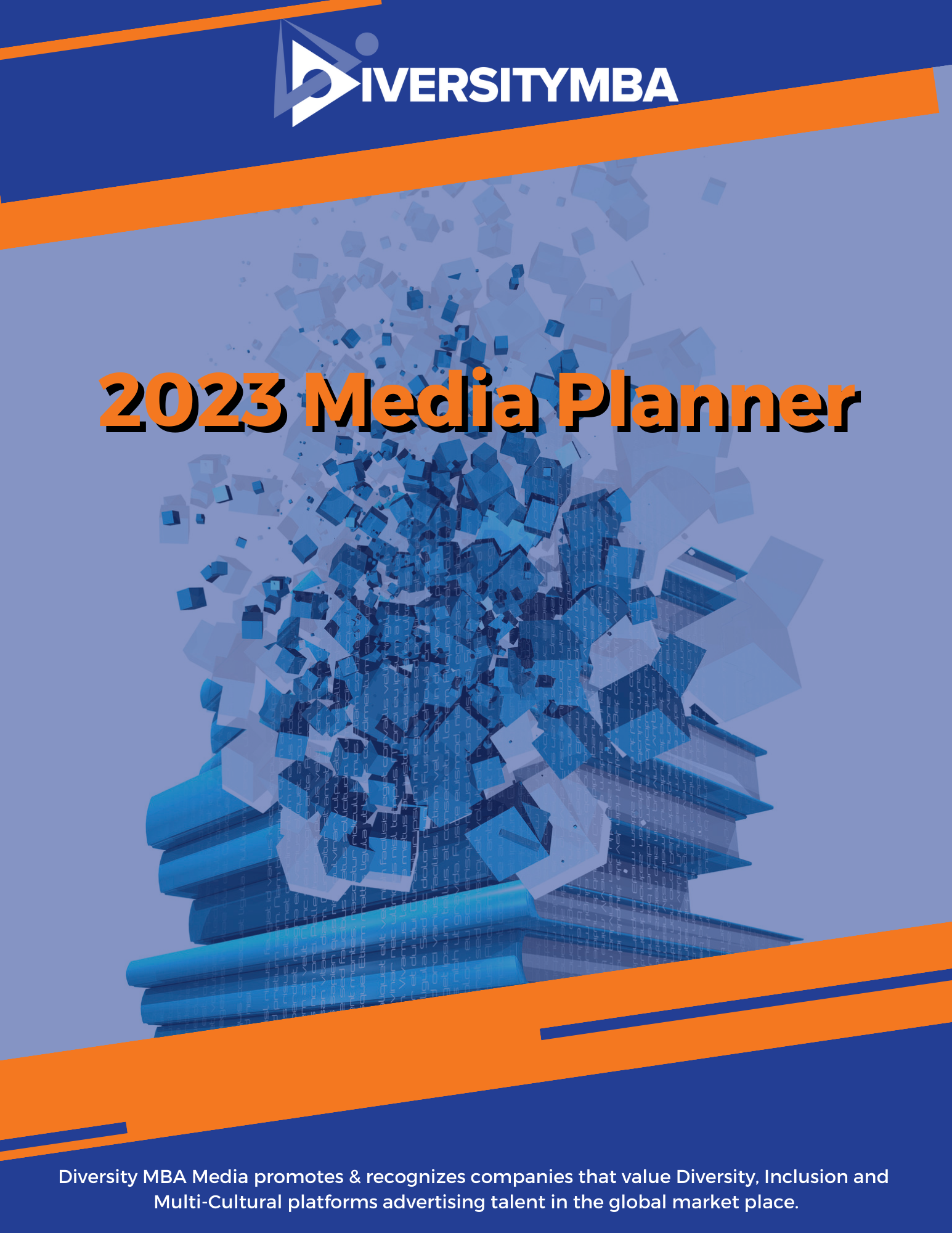Compared with the everyday consumer products we buy frequently, like paper towels and boxed cereal, durables have a much longer shelf life. Items like electric razors, coffee makers and irons fall into this category, and they play key roles in the everyday lives of consumers—yet in much different ways than fast-moving consumer goods (FMCG) do.
Given the lifespan of durables—and their expected utility over time—they cost more than common FMCG items. We also expect their usefulness to outlive things like bagged lettuce and laundry detergent. That doesn’t mean, however, there’s no room for innovation when it comes to durables. In fact, innovation is a key way brands can urge consumers to switch from one product to another, upgrade to a newer version or buy a second one—even if the one they’re using now still meets a basic need.
Let’s face it. We’re all time strapped and bandwidth constrained. So the minute a product comes along that alleviates stress, streamlines a process, improves efficiency or saves time, most of us are going to be all ears. That’s where innovation comes into play, but as any brand can attest, innovation isn’t random. It requires a unique blend of art and science, and you need to be sure that you’re making the most of your investment.
Thankfully, brands rarely have to start from scratch when it comes to understanding consumer demand and what types of innovations may move the needle. Sure, every category is different, but after assessing the viability of more than 1,500 durable goods globally over the past 10 years spanning both small and large appliances, we’ve identified a set of of best practices for developing innovations in the durables space.
Before we dive in, however, it’s important to note that these best practices seem very obvious at face value. So it’s important that you don’t let the overtly general premise of each fool you into thinking that there’s no true substance behind them.
BE USEFUL
Regardless of whether we’re talking about FMCG categories or durables, products need to be useful. But as I mentioned, there’s no real insight in this general statement. The real insight comes to light as you start to dig into the intended function of specific products.
First and foremost, innovation requires a clear understanding of the value you’re hoping to deliver to your customers. In the research we’ve conducted, we’ve found that the most successful innovators in the durable space develop products that fit into consumers lives in a way that allows them to spend more time doing things they love. Said another way, successful innovations help consumers expedite the chore at hand so they can spend less time doing them. In terms of positioning, this stands in sharp contrast to developing a product with the intent to help consumers do a chore better than it’s being done today. That’s because most people aren’t receptive to hearing that they’re doing something wrong.
BE MINDFUL WITH FEATURES
Consumers absolutely look for specific features when they shop for new products. We have found, however, that the most successful innovations don’t include an overabundance of features. Said another way, there is such a thing as too much of a good thing.
Generally speaking, consumers are looking for attributes like convenience, ease of cleaning, quiet-functioning, versatility and environmentally friendly in durables. Consumers want features to drive versatility, but our research shows that six is the optimal number of features to include. Additional features don’t necessarily generate additional incremental interest. Including too many features can also negatively affect consumers’ perception about a product.
BE AWARE OF CONSUMERS’ RECEPTIVENESS TO TECH
It can be tough for brands to resist the urge to push the tech envelope when developing new products. “Connectivity” and “smart” are big buzz words today, so why not think digital when it comes to new innovations in durables?
While manufacturers are looking to differentiate and create digitally enabled products, consumers are still rejecting connectivity in certain categories. For example, we have learned that connectivity for the benefit of energy saving plays well, while digitalization of culinary devices tends to distort the pleasure of cooking.
These are three key takeaways when it comes to developing innovation in the durables space. Yes, there are many other factors and considerations along the development process, but these are high-level guidelines that should set you on a path that reaps success as you start your planning—specifically because they’re at the heart of each successful innovation we’ve assessed over the past decade.
In the future, I’ll be sharing similar best practices for launching new innovations in the durables arena.









